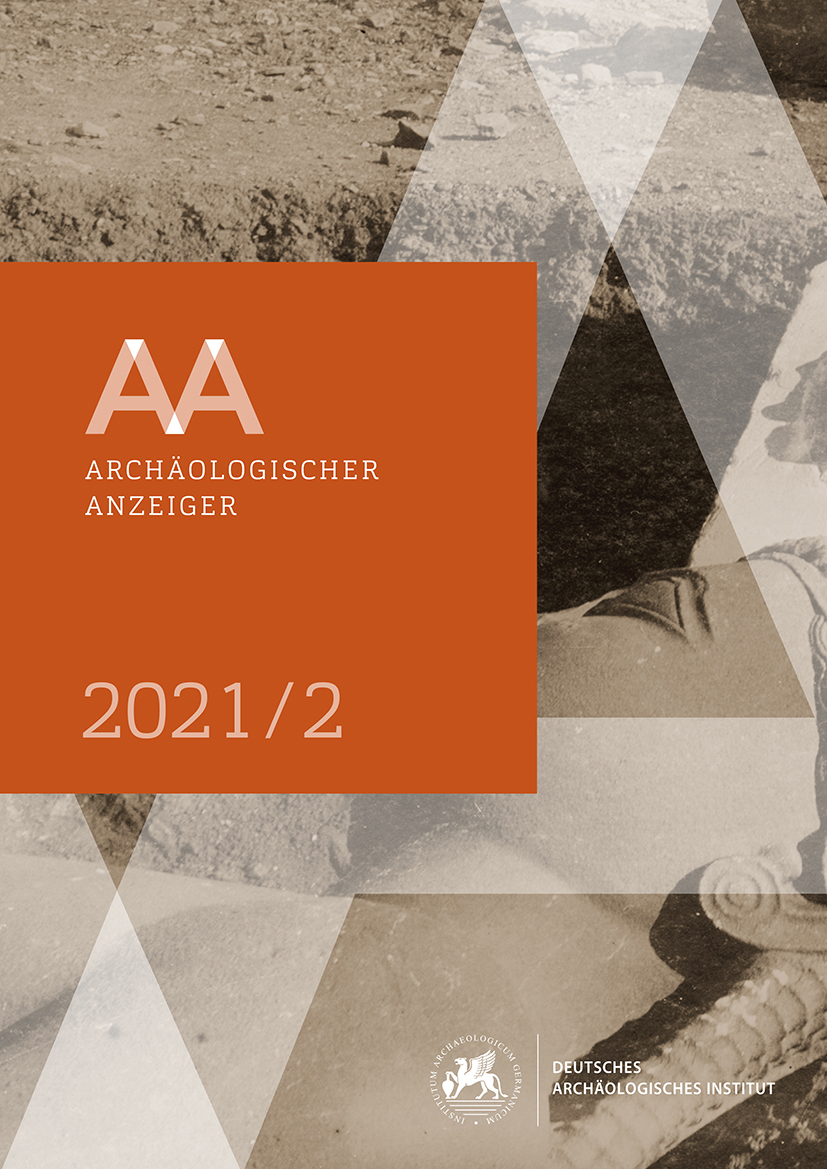Between the Greater and Lesser Caucasus
An Analysis of the Belts from the Tli Burial Ground and Their Contexts (Graves 40b, 215b, 425)
https://doi.org/10.34780/5660-s6ml
Resumen
This article presents a new study of three burial contexts from the important Tli graveyard located in the Southern Caucasus. The three tombs contained bronze belts with features mainly pertaining to an Assyro-Urartian tradition. An analysis of the belts’ iconographic apparatuses is given, together with a new chronological position proposed for the belts and the tombs: our idea is that a possible date for them should be within the period between the 7th and 6th centuries B.C.E. The analysis showed, moreover, that the Tli necropolis must be considered a great example of the complex contacts and cultural exchanges between multiple realities located both in the Caucasus and in the Mesopotamian region.
Palabras clave:
Tli, Great Caucasus, Koban culture, Urartu, bronze belts





